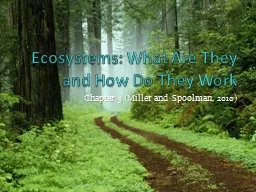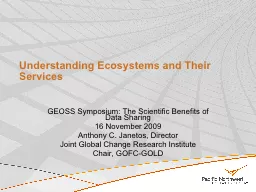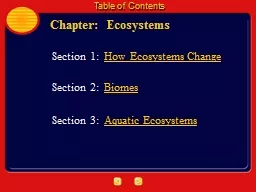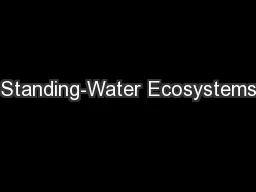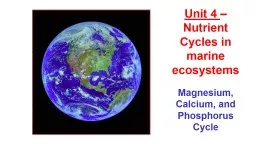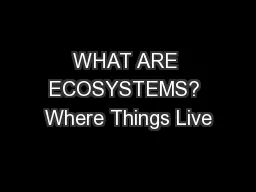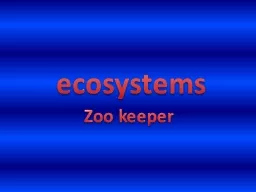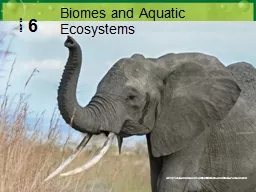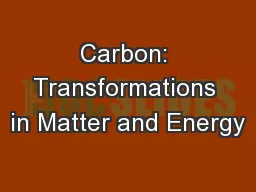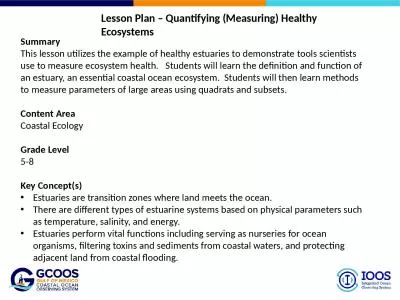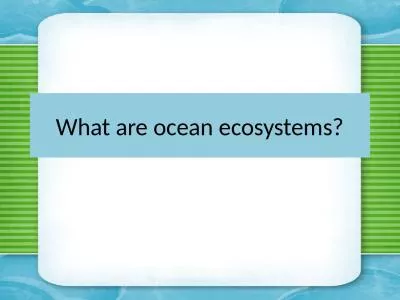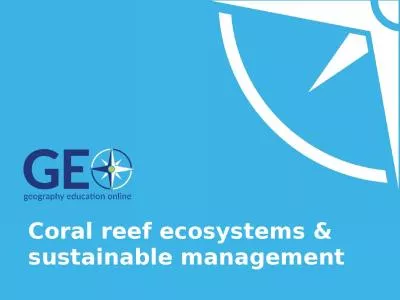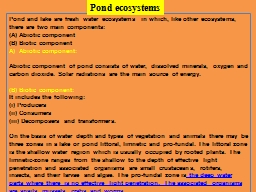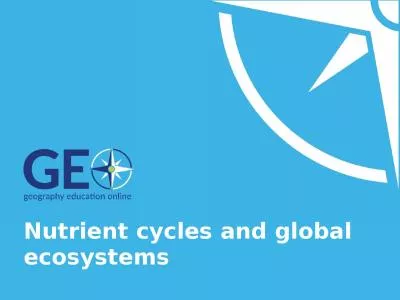PPT-Ecosystems: What Are They and How Do They Work
Author : jane-oiler | Published Date : 2018-11-01
Chapter 3 Miller and Spoolman 2010 Core Case Study Tropical Rain Forests Are Disappearing Cover about 2 of the earths land surface Contain about 50 of the worlds
Presentation Embed Code
Download Presentation
Download Presentation The PPT/PDF document "Ecosystems: What Are They and How Do The..." is the property of its rightful owner. Permission is granted to download and print the materials on this website for personal, non-commercial use only, and to display it on your personal computer provided you do not modify the materials and that you retain all copyright notices contained in the materials. By downloading content from our website, you accept the terms of this agreement.
Ecosystems: What Are They and How Do They Work: Transcript
Download Rules Of Document
"Ecosystems: What Are They and How Do They Work"The content belongs to its owner. You may download and print it for personal use, without modification, and keep all copyright notices. By downloading, you agree to these terms.
Related Documents

